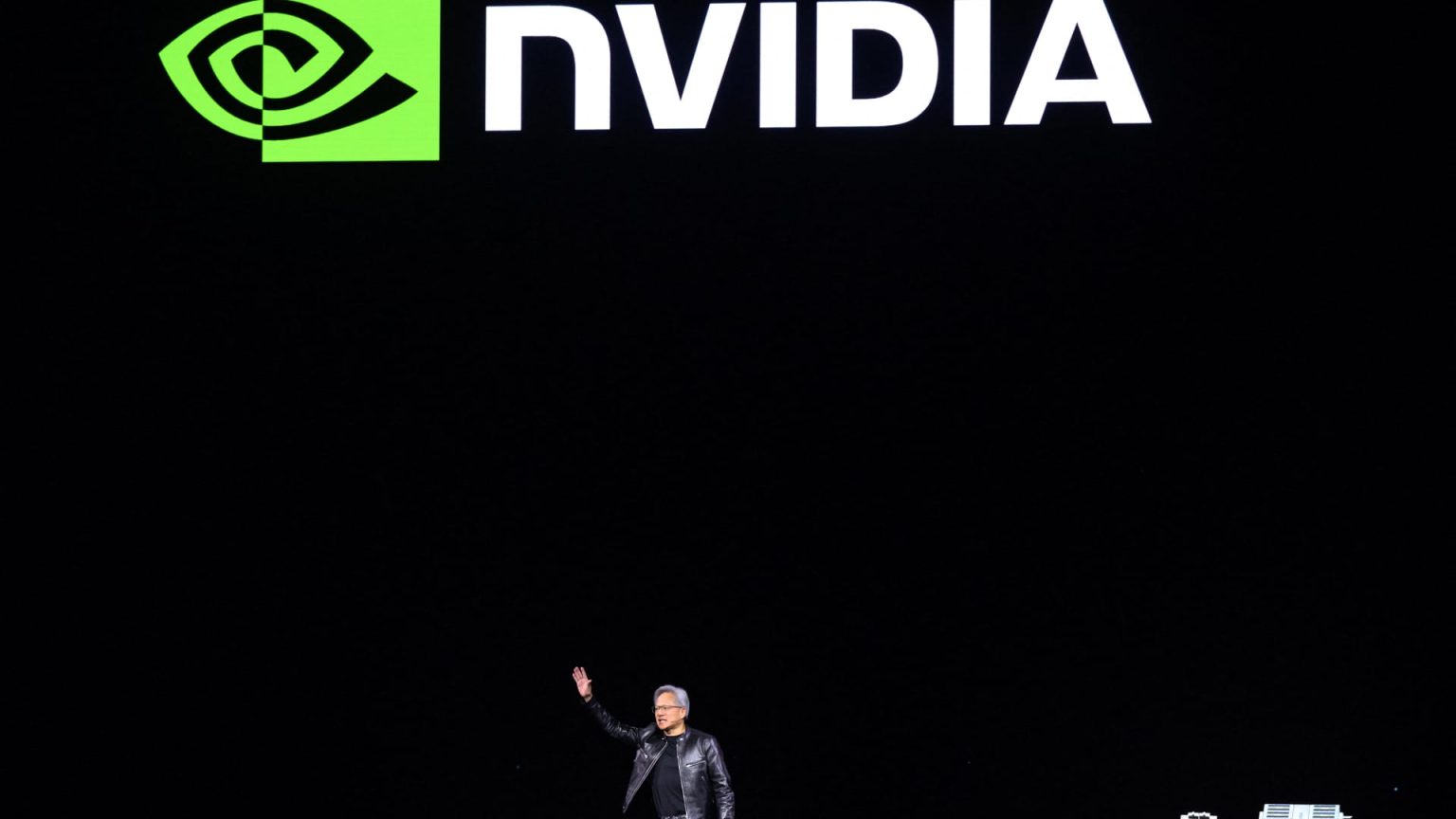Nvidia’s gains of 4.35% and 3.65% on Monday and Tuesday, respectively, were likely fueled by dip buying as investors sought to capitalize on the previous week’s losses. The bounceback was briefly interrupted during Wednesday’s regular session, but Meta Platforms’ earnings report that evening reminded Wall Street of the amount of money being spent on AI infrastructure. This led to a 3.71% advance on Thursday and over 5.5% on Friday, with Nvidia’s share price reaching around $881 each. The company’s latest chip architecture, Blackwell, and high-end H200 have been receiving significant investment, particularly from large tech firms like Microsoft and Alphabet.
Nvidia’s cutting-edge AI processors have become highly sought after since the launch of Microsoft-backed OpenAI’s ChatGPT, leading to a surge in investment in generative AI. Major tech companies like Microsoft, Amazon, Meta, and Alphabet have poured money into this technology, resulting in significant financial success for companies like Nvidia, whose hardware enables AI processes. Nvidia’s revenue doubled to $60.9 billion in the 12 months leading up to January, with operating income increasing by nearly 700%. The company’s share price has skyrocketed nearly 500% since the end of 2022, indicating strong investor confidence in its future growth potential.
Despite the strong performance and significant revenue growth, Nvidia faces increasing competition from other chipmakers like Advanced Micro Devices and in-house chip efforts from tech giants. There is also concern about the sustainability of the pace of investment in AI, which could lead to reduced orders for Nvidia’s powerful but expensive processors. However, recent tech earnings reports this week demonstrated continued robust spending on AI infrastructure, which bodes well for Nvidia and its investors. Jim Cramer advised holding onto Nvidia stock rather than trading it, emphasizing the company’s long-term potential.
Meta Platforms raised its full-year capital expenditures guidance, indicating significant spending on AI infrastructure, which helped boost Nvidia’s stock following the earnings report. Alphabet and Microsoft also reported strong results, with substantial investment in technical infrastructure, including AI servers that contain chips, as well as data centers. Alphabet’s CFO indicated that capex is expected to remain high for the rest of the year, totaling at least $48 billion, with Nvidia being a key supplier of AI chips. Microsoft also projected a material increase in capex, driven by cloud-computing and AI investments, indicating continued demand for Nvidia’s processors.
Microsoft’s continued growth in cloud-computing and AI, fueled by its investment in OpenAI, has led to increased demand for Nvidia’s AI chips. The next earnings report from Amazon may further reinforce the strong demand for Nvidia’s chips, as the e-commerce giant is also a significant customer. Tesla’s plan to purchase tens of thousands more Nvidia chips for self-driving car efforts is another indicator of the strong demand for the company’s processors. Overall, recent earnings reports from major tech companies suggest that Nvidia’s business is still booming, with sustained demand for its AI processors expected to drive future growth.













